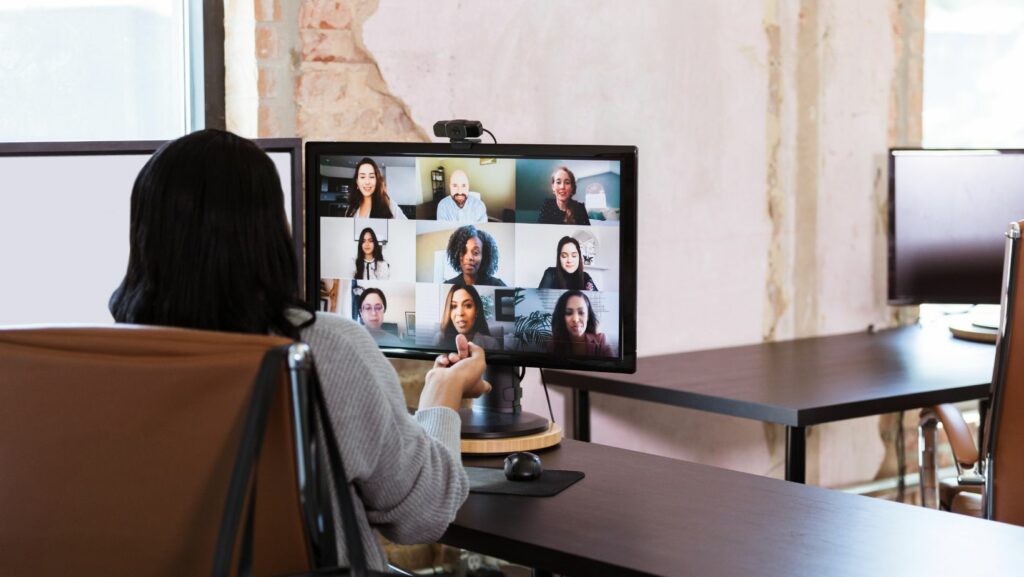Virtual summits have changed how leaders and companies reach global audiences today. These events remove geographical limits. Now, anyone with an internet connection can join, unlike traditional conferences. Virtual summits are convenient, but there are drawbacks as well. Good planning keeps the audience engaged. It ensures smooth technical execution and creates an immersive experience. A great virtual summit should captivate its audience from beginning to end. Just like the National Casino’s online platform, it should offer smooth navigation to keep customers engaged.
A clear goal is the first step towards a successful virtual summit. This foundation will shape every part of the event. It doesn’t matter if the goal is to educate, generate leads, or position a brand as a leader. Choosing the appropriate platform is the next crucial step. With so many choices, it’s critical to select one that fits the requirements of the event. You can find fun features like live chats, breakout rooms, and Q&A sessions on Zoom, Hopin, and Airmeet. When making this choice, focus on three key factors: engagement tools, dependability, and ease of use.
Any summit’s foundation is a strong agenda. Virtual audiences get distracted more easily. They also have shorter attention spans compared to those at live events. Because of this, it is essential to design sessions in a way that maintains participant engagement. Keynote addresses, panel discussions, and seminars should encourage active engagement. Short sessions with lively visuals and stories keep the audience more engaged than long lectures.

The experience is greatly influenced by the speakers. A lineup of experts, business leaders, or influencers will attract guests and boost the event’s credibility. Speakers need to be engaging communicators. They should connect with a virtual audience while also showing expertise. They should have top-notch audio and video equipment to prevent technical errors. A technical check before to the event guarantees that internet reliability, lighting, and sound are optimized, avoiding interruptions that can detract from the summit’s professionalism.
In virtual events, audience engagement is frequently the most difficult task. It’s simple for participants to become passive listeners or to leave completely when there are no face-to-face contacts. This is countered by interactive features. Make the experience more dynamic with live polls, Q&A sessions, and gamification. You can add freebies and quizzes too. Another essential element is networking. Virtual lounges and breakout rooms mimic casual in-person events. They help attendees connect, share ideas, and build meaningful relationships.
Just as crucial as execution is promotion. A well-planned virtual conference is useless if no one shows up. Influencer partnerships, email campaigns, and social media marketing work well to reach the right people. Limited-time access, behind-the-scenes info, and early-bird sign-ups offer exclusivity. This can boost interest and lead to more sign-ups. A countdown builds excitement and keeps future attendees engaged before the event begins.

It is impossible to ignore technical preparedness. Preventing tech issues before they arise is key for a smooth experience. A smooth event relies on a full rehearsal with moderators and speakers. Every aspect should be checked beforehand, including screen-sharing capabilities and dependable internet connections. A good way to avoid unexpected issues is to have tech support on hand during the event.
In conclusion, virtual summit hosting is a combination of art and science. To create an immersive experience like an in-person event, we need technical accuracy, careful planning, and creative interaction strategies. When done well, it enhances the organizers’ reputation and power in addition to providing guests with value. A virtual summit can be a powerful place for connection, learning, and growth. This happens when we focus on the audience, execute perfectly, and use digital tools effectively.

